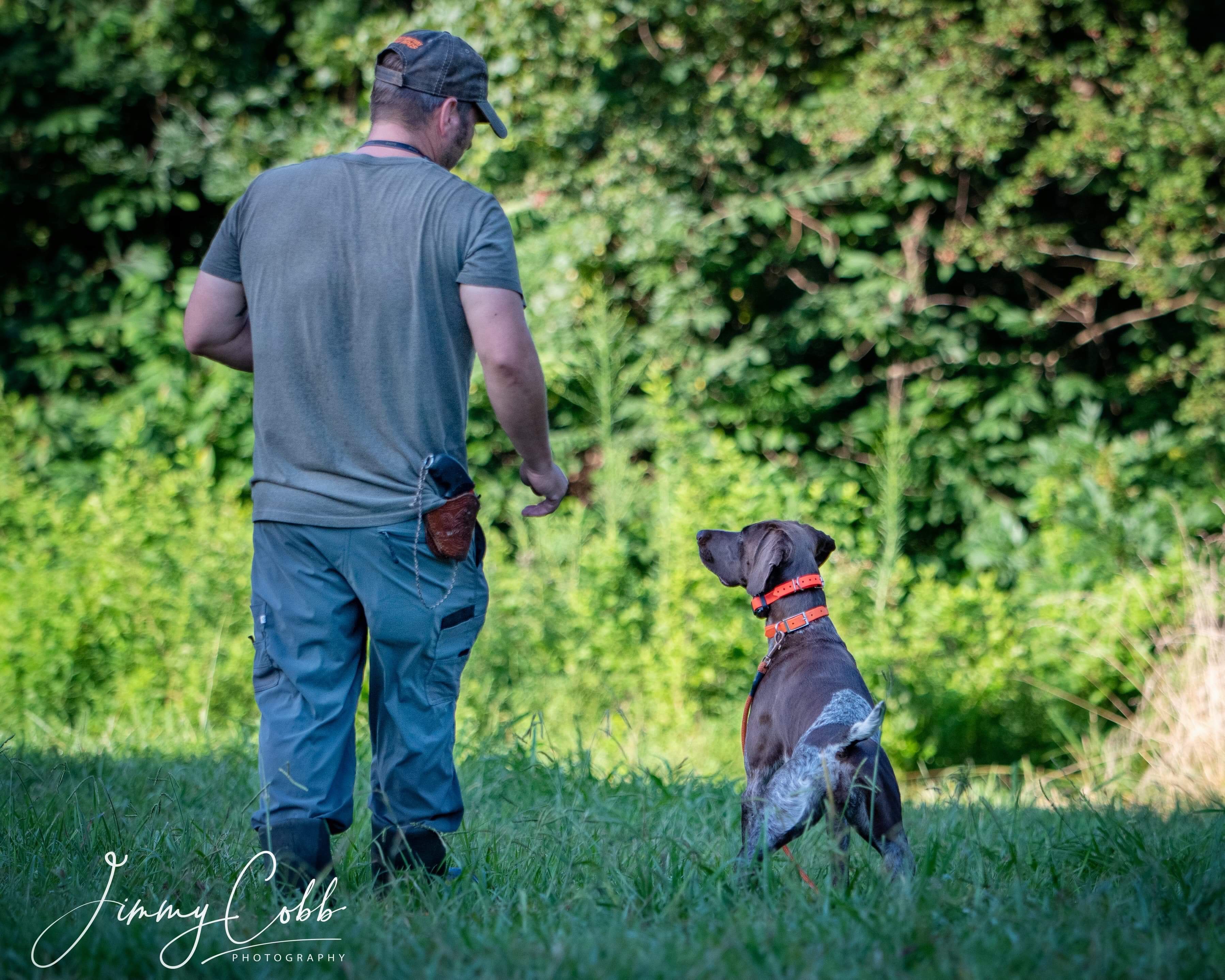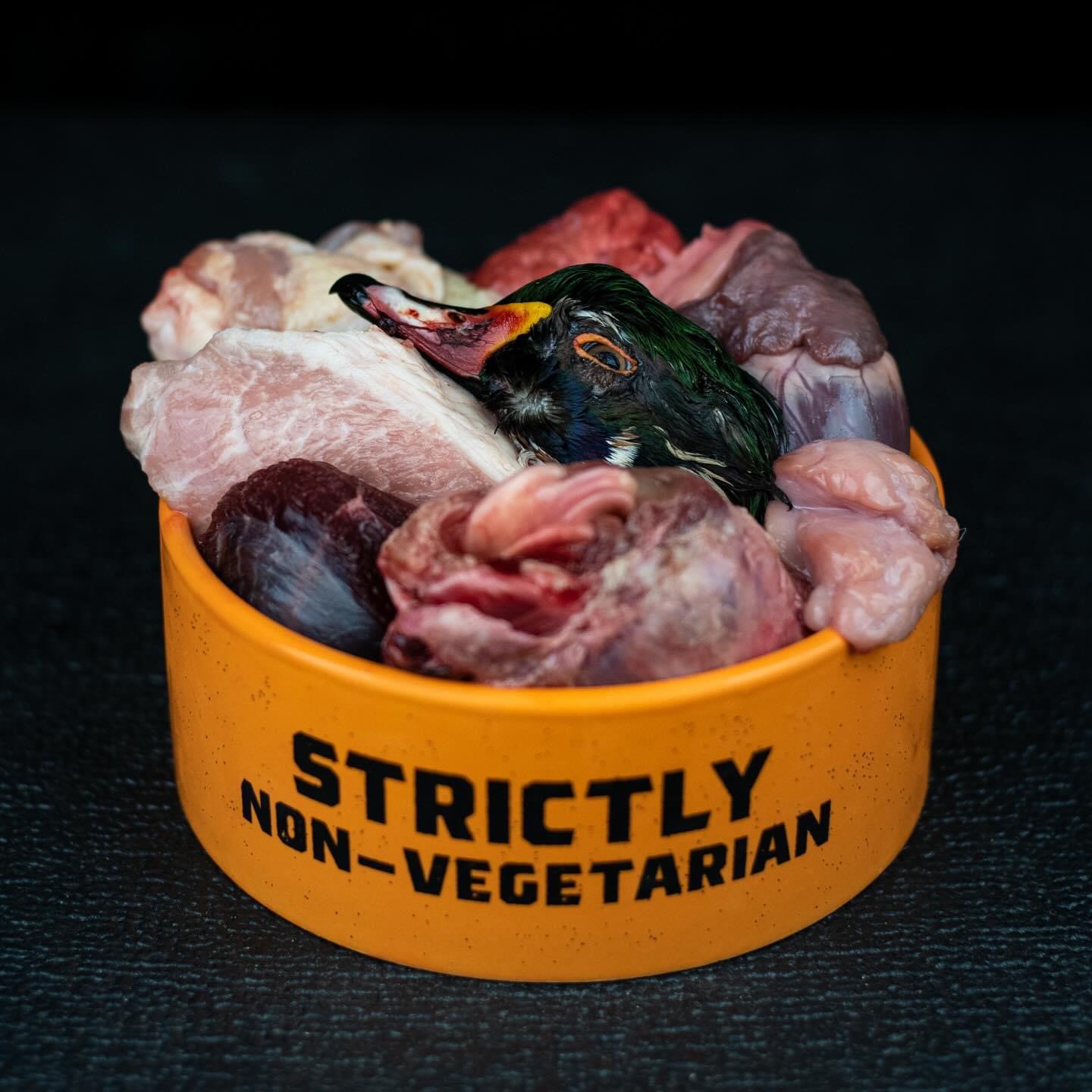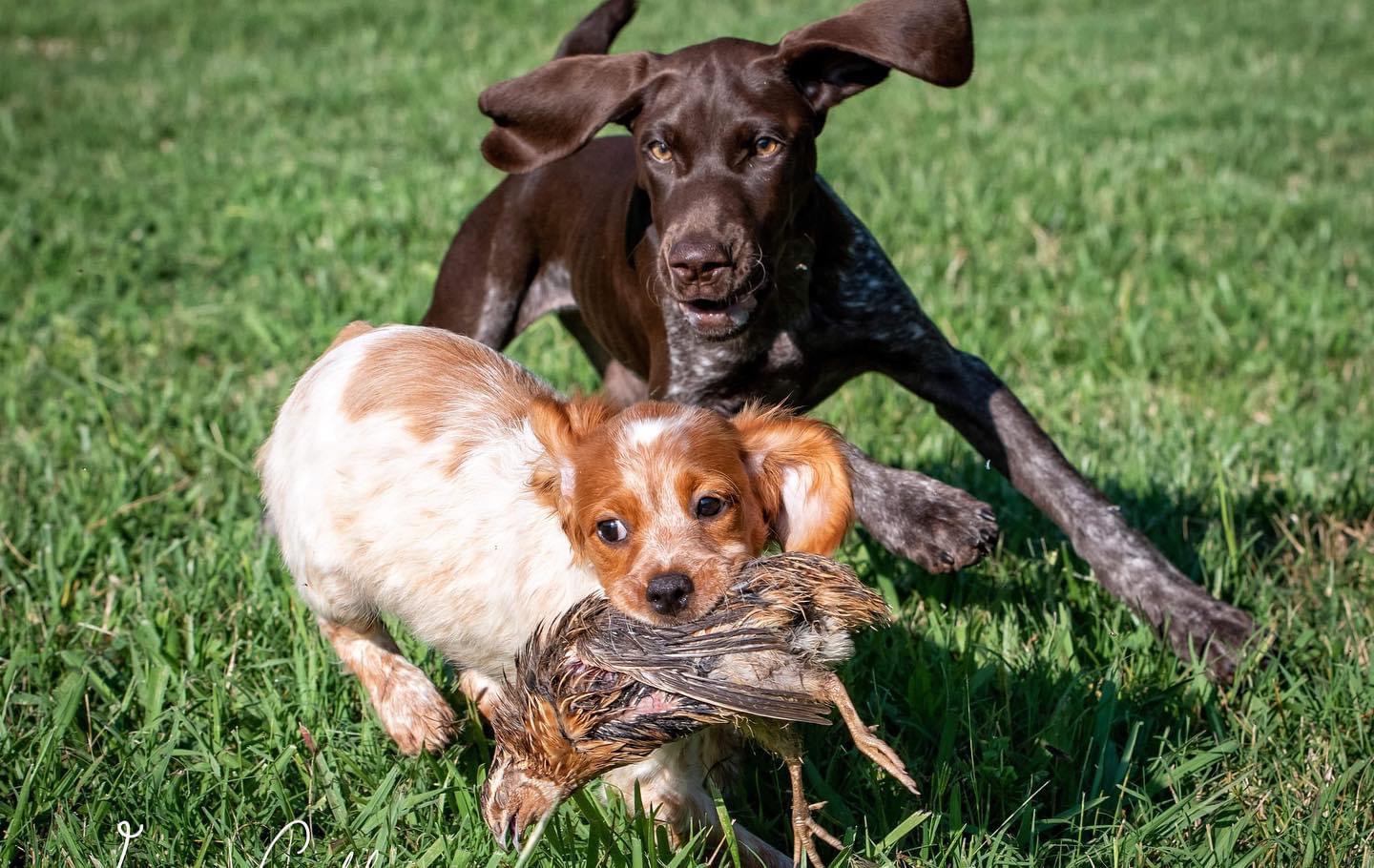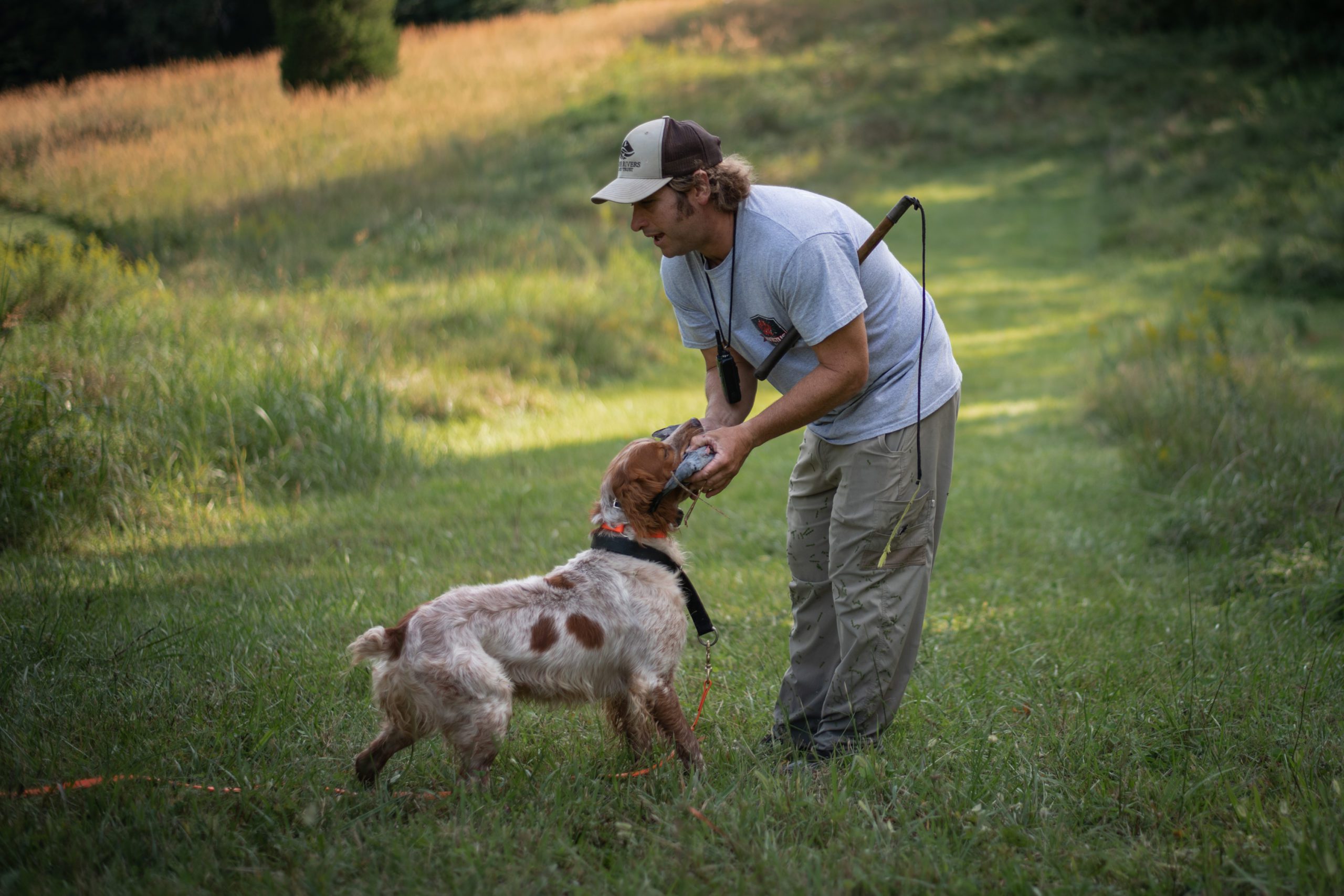Introduction to “Pressure”
Before I start this I’ll offer my normal disclaimer: These are my opinions. I’ve written this without the use of references. There is a chance that I am misinformed. This is not the only way to train a dog. As with all things in life, take it with a grain of salt.
I promised myself that I would not make this post one long apology (in the Socratic sense) for the use of “pressure” in dog training, so I’ll attempt not to. I use the word pressure when I talk to clients because it sounds relatively innocuous, but what I’m really talking about is… pain and the threat of pain. I’m sick to death of dodging the word pain. Mostly I use the word “pressure”, but I also say things like discomfort, or displeasure, or annoyance. What I mean is, pain. I’m not sadistic, I just like transparency. I just want to be able to speak openly about things that effect behavior in people’s dogs without having to speak in euphemisms. My old man used to say “pain don’t hurt”. I’m not exactly sure what that means, but I’m pretty sure he was trying to impart some greater lesson about resilience and adversity and character, or something to that effect. The truth is that the pet training industry has put so much time and effort into selling us on the lie that all pain is inhumane that we’ve forgotten that pain is an essential part of existence for all living things.
Obviously, there are varying degrees of pain, and it could be argued that we can actually describe most aversive or negatively reinforcing stimuli in training as discomfort. Discomfort is a natural indicator to improve one’s situation or suffer greater consequences. This is one way the universe helps us all stay alive. I’ve said it before, good dog trainers are nothing more than effective manipulators of the environment, and pain, like pleasure is the result of the dog’s interaction with his immediate environment. We add treats; we expect the dog to perceive pleasure. We apply mechanical force to a leash that is connected to a correction collar; we expect the dog to perceive discomfort, and if that force continues to increase, eventually pain. Over time the dog will learn what actions produce pleasure, or pain, and what actions make pleasure and pain cease. We call this reinforcement and punishment.
Now that I’ve given my non apology, let’s get down to how to teach a dog what “pressure” is and how to escape and avoid it. The previous three posts in this series led us to the place board where we’ve conditioned our dogs to “place” and stay until released under distraction through reward based systems alone. Regardless of how well my dog is performing these behaviors, this is most often the place in training where I will introduce the dog to the concept of escape/avoidance. Your dog’s tolerance for “pressure”, state of arousal, and size are all factors in deciding what type of mechanical advantage is appropriate. Three common types of mechanical “corrective” devices are slip leads, choke chains, and prong collars. Use the one that allows you to be most effective and efficient in your use of force. Sometimes a slip lead makes more sense than a prong collar. I’ve moved away from choke chains because I find modern materials in slip leads to be as effective, but that doesn’t mean they can’t be employed safely. Put your dog in “place” and wait. Once they realize that they are not engaged in a reward based training scenario, dogs will often decide that duration on “place” is not in their best interest and will move off of the board. As soon as your dog steps off of the place board and places one foot on the ground, mark with “no” and apply light pressure to the leash, gradually increasing until all four feet are back on the board. It is important to relieve the “pressure” as soon as all feet are back on the board. Try to avoid forcefully manipulating the dog back towards the place board. A nagging series of light “tapping” corrections in the general direction of the place board is often enough to induce the dog to move in that direction of his/her own volition. We still want the dogs to be making their own decisions so we give them two options to choose from… away from “place” = increasing pressure, toward “place” = decreasing pressure, on “place” = zero pressure.
I like using the place board because there is a clear delineation between “place” and the rest of the world. Standing on the board is comfortable, stepping off the board immediately creates discomfort that increases with time and distance from the board. We are introducing positive punishment (stepping off of the board produces pain) and negative reinforcement (stepping back on to the board relieves pain). Over time the dog will learn to escape pain by moving to the board and avoid pain by not stepping off of it. These are important concepts that can be used to refine most every behavior that we require from our dog. Once the dog and I have mastered escape avoidance on lead I will go back and slowly overlay the remote collar on the same behaviors. We will perform these behaviors in more and more challenging environments until we are proficiently practicing them in the big bad world. “Pain don’t hurt”!
Happy Training,
Grayson




